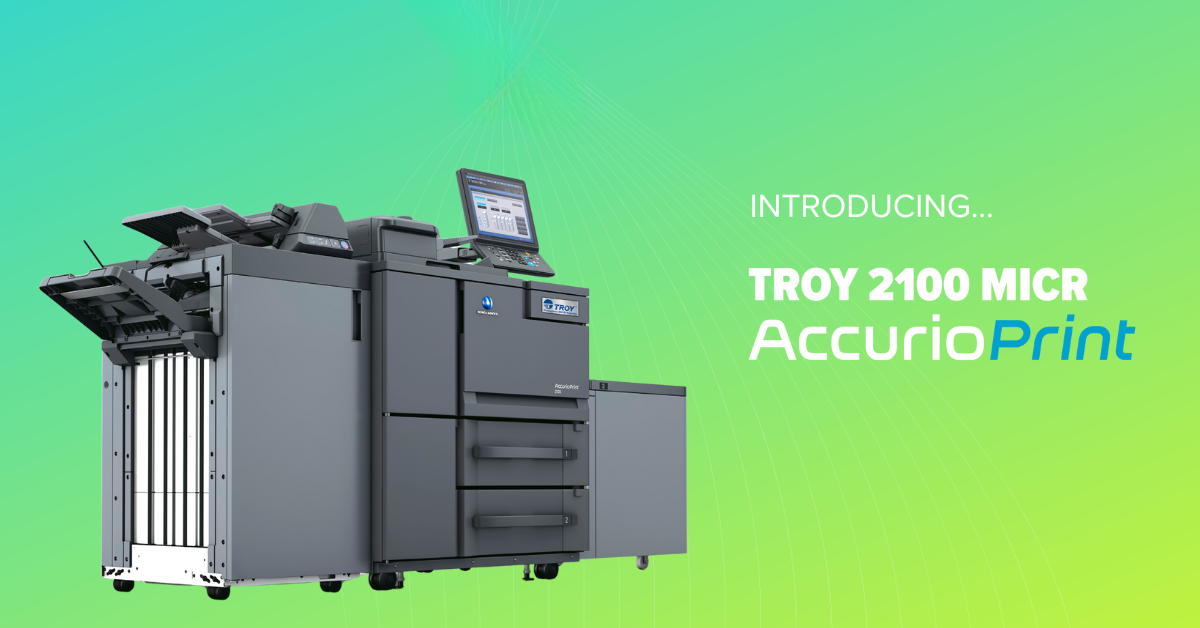What is the ACH?
.webp)
In the first post of this series, I explored the costs of printing checks yourself with the goal of helping you understand the associated hidden costs. This second part I intended to discuss electronic fund transfers (EFT) more specifically ACH, eChecks, and mobile deposit. I want to describe each of these payment systems in more detail so as a business leader you can make informed decisions. Your vendors may all require different methods of payment or perhaps one method is best suited to your specific business needs. In either scenario it's important to understand how each electronic payment works. 
However, the more I organized and prepared for this blog entry, the more I realized I needed to dedicate a small amount time and space to discussing just ACH. There is value in understanding the ACH’s past because modern electronic payment methods are rooted in the ACH's history. In this post I want to give a very brief description and history of the ACH before I dive into the specifics of different EFT payment methods.
Did you know the first employer to use direct deposit was the United States Air Force?
.webp?width=3873&height=3873&name=electronicpayment_art%20(1).webp)
ACH starts with NACHA.
Many people, especially business leaders, may already know that “ACH payment” is generally used as shorthand for any electronic payment, which is a broadly correct understanding. The savvy among us may also know that ACH stands for Automated Clearing House. Consider that trillions, 10s of trillions, of dollars move through the Automated Clearing House annually. Do you know who manages the system that moves so much American wealth, your money, every year?
NACHA originally known as the National Automated Clearinghouse Association administrates and governs the ACH network. While this organization does not directly interact with the flow of data and financial transactions, this organization does develop the rules and standards used by the ACH network to process payments. Of course, NACHA does much more than just provide rules for electronic fund transfers, but for the scope of this blog series what matters most is NACHA develops the standards.
The actual physical networks and operation of electronic payments is handled by the Federal Reserve’s FedACH and The Clearing House Payments Company’s Electronic Payment Network (EPN). But as stated, they follow the guidelines set by NACHA. As an aside, the way these ACH networks operate gets complex very quickly and is a topic far outside my intent for this series. I may come back to this at a later date as it is an interesting topic on its own.
What about the United States Airforce?
The ideas that would become NACHA and the ACH network originated in the 1960s when a group of bankers were concerned about the volume of paper checks overwhelming the systems and technologies used to clear paper checks. Around this same time the American Bankers Association was also exploring solutions to solve this problem, or rather improve the nation's payment system. In the early 1970s independent regional ACH associations were beginning to form and by the late 1970s these separate regional associations would combine into NACHA as we understand it today. Interestingly enough the United States Airforce was trying to find a way for its personnel to receive paychecks faster. They would become the nation's first employer to implement the ACH network's direct deposit format. This initiative was such a success that the government would eventually adopt it as a standard for payroll.
The ideas behind NACHA and the ACH network have history in the US government, but it is not a government agency. NACHA is a non-profit organization whose members are major financial institutions. If you were to review the board members of NACHA, you would see major bank and financial institutions represented. I am of course glossing over many details about the history and bureaucratic organization of NACHA. I would highly recommend a deeper dive into this organization, as how major financial institutions are interconnected is fascinating!
What's Next Then?
As I stated in the intro, I had originally intended this blog post to be about the specifics of different kinds of EFTs. For example:
What are the different types of ACH payments?
What is the different between an eCheck and Digital Check?
What are the associated fees?
Which EFT is the best for your business?
But before I can answer these sorts of questions, I felt it was important to discuss the ACH and its history, if only briefly. Understanding the context of what (and who!) the ACH is as a payment system will help anchor the conversation about modern EFT payment methods. In part 3 of this series, I will dive deeper into the most common methods of electronic fund transfers and how they might help you save money for your business.
Related Posts

USPS To Temporarily Increase Prices This Fall
The U.S. Postal Service has announced a temporary price increase on select package services, effective October 5, 2025 through January 18, 2026.

5 Questions to Ask Before Growing Your Branch with Self-Service
If you're a banking executive or president of a small bank or credit union, you're likely researching ways to your organization can expand without breaking the bank on unnecessary..

Leave a Reply